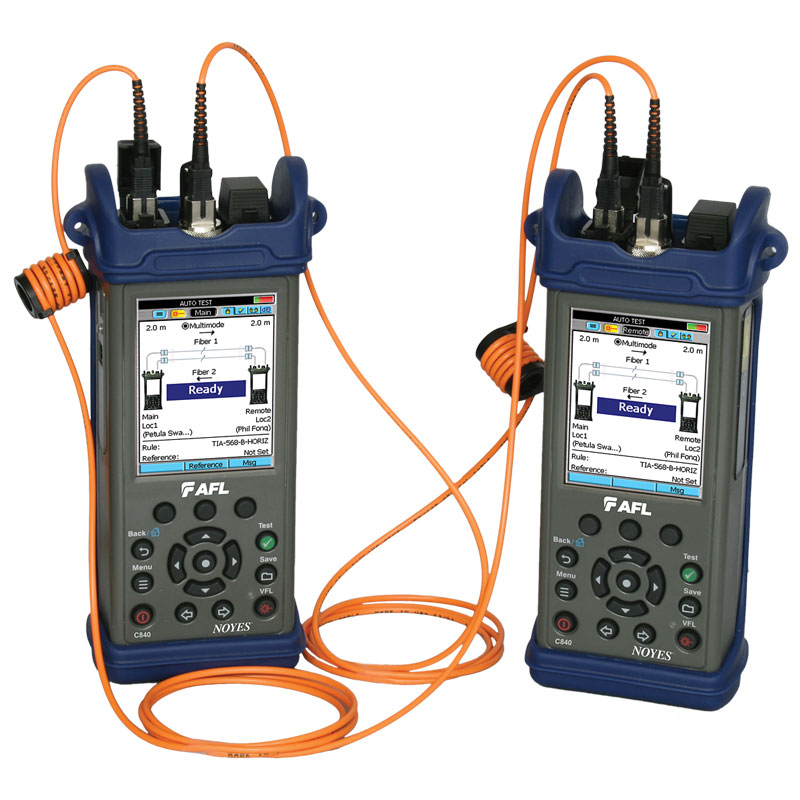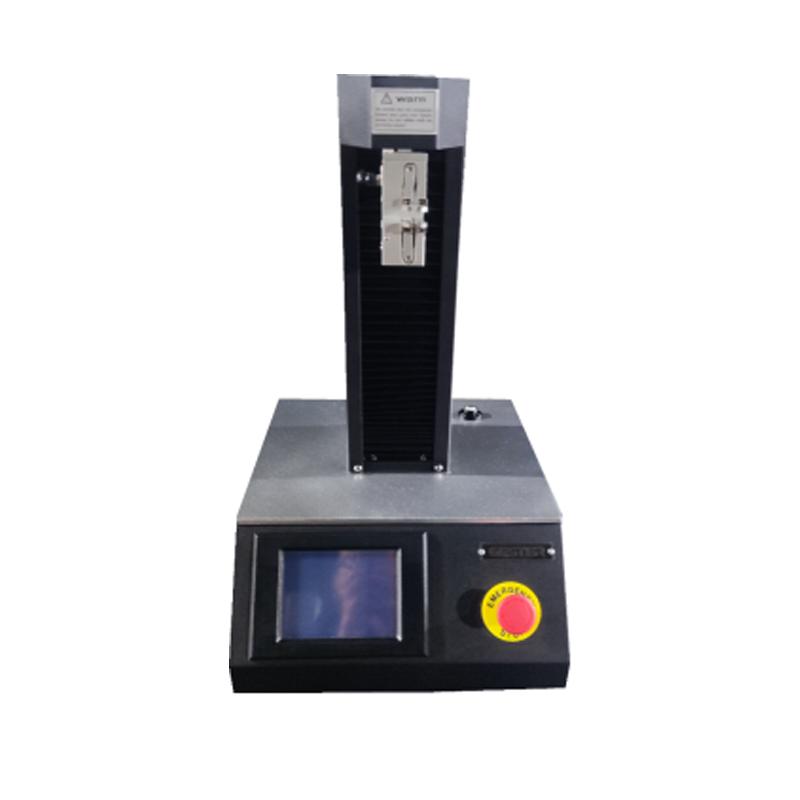Discovering the Influence of Robotic Vision on Modern Production Techniques and Quality Control
Robotic vision technology is changing the landscape of modern-day production and top quality control. By incorporating advanced imaging systems and expert system, suppliers can attain unprecedented degrees of precision and performance. This shift not only optimizes manufacturing procedures but also addresses essential obstacles in preserving product standards. As industries significantly depend on these technologies, the implications for future manufacturing techniques stay to be completely explored. What will this imply for the competitive dynamics of the market?
Comprehending Robotic Vision Innovation
Robotic vision modern technology acts as the backbone of automation in contemporary manufacturing. It encompasses the use of cams, sensors, and expert system to enable robotics to interpret and respond to visual information from their setting. This modern technology enables robots to identify, locate, and evaluate things, making them qualified of doing intricate jobs such as setting up, evaluation, and material handling with precision. The combination of artificial intelligence formulas better boosts the capability of robotic vision systems, enabling them to adjust to differing conditions and boost over time. By processing photos and information in real-time, robotic vision systems can facilitate much faster decision-making and lower errors in producing procedures (robotic vision). This modern technology not only improves functional efficiency yet also assures that top quality requirements are fulfilled regularly. As the production landscape continues to advance, recognizing the details of robotic vision innovation ends up being essential for leveraging its potential totally
Benefits of Robotic Vision in Manufacturing
Robotic vision innovation supplies substantial advantages in production by boosting precision and accuracy in tasks such as quality assurance and assembly. This raised degree of detail warranties that items satisfy stringent requirements, minimizing waste and revamp. Furthermore, the assimilation of robotic vision can cause increased production efficiency, permitting suppliers to optimize their processes and attain greater result prices.
Enhanced Precision and Accuracy
In modern-day manufacturing, boosted precision and accuracy are critical for maximizing manufacturing procedures and making certain product top quality. Robotic vision systems allow devices to perform complicated jobs with exceptional uniformity. These systems utilize innovative imaging modern technologies to find minute details and variations in materials, parts, and finished products. By analyzing aesthetic data in real-time, robot vision significantly lowers human error, bring about fewer defects and better criteria. Furthermore, improved accuracy in dimensions and placing facilitates better positioning in assembly processes, which is vital for detailed layouts. Eventually, the assimilation of robot vision not only boosts the integrity of making results however likewise promotes confidence amongst consumers regarding item integrity and performance. This accuracy is vital in industries where quality is critical.
Enhanced Manufacturing Effectiveness

Makers are progressively turning to vision systems to enhance manufacturing effectiveness throughout numerous procedures. These innovative systems allow real-time assessment and tracking, substantially reducing downtime triggered by errors or flaws. By incorporating robotic vision, companies can automate quality assurance, permitting faster identification of problems and lessening the need for human intervention. This causes streamlined process, as robots can quickly adjust to adjustments in production needs without giving up precision. Vision systems facilitate far better stock monitoring by accurately tracking elements and items, making certain perfect source application. Ultimately, the fostering of robotic vision not just improves performance yet also adds to higher output prices, minimized operational expenses, and enhanced total productivity in the manufacturing market.
Enhancing Quality Assurance Processes
Robotic vision modern technology greatly boosts quality assurance processes in production by using accuracy assessment techniques. These sophisticated systems help with real-time problem detection, making sure that products meet rigid top quality standards. As a result, suppliers can reduce waste and improve general performance.
Precision Inspection Techniques
Precision evaluation strategies have actually changed high quality control procedures in manufacturing, enabling the discovery of min issues that standard approaches might overlook. These techniques leverage advanced imaging technologies, such as high-resolution cams and laser scanning, to accomplish unrivaled precision. By making use of robot vision systems, makers can automate assessment tasks, ensuring constant efficiency and lowering human error. The combination of device discovering algorithms in addition improves these systems, allowing them to adapt and boost in time. Furthermore, precision assessment assists in the recognition of subtle variants in item measurements and surface area finishes, which can substantially impact overall product high quality. Because of this, manufacturers can apply corrective activities extra swiftly, inevitably leading to minimized waste and boosted customer complete satisfaction.
Real-Time Flaw Detection
Taking advantage of advanced imaging modern technologies, real-time issue discovery changes quality assurance procedures in manufacturing. By integrating high-resolution cams and advanced formulas, suppliers can quickly determine abnormalities throughout production. This technology helps with prompt corrective actions, reducing waste and enhancing total performance. Real-time systems analyze items as they relocate along the production line, making certain that issues are found and dealt with right special info away manufacturing timetables. Additionally, the application of equipment learning enhances the precision of these systems, permitting them to adjust to new defect patterns in time. Makers benefit from boosted item high quality and lowered functional costs. Ultimately, real-time problem detection not just simplifies processes however likewise promotes a society of constant improvement in modern-day manufacturing settings.
Real-Time Data Evaluation and Choice Making
In the dynamic landscape of manufacturing, real-time information evaluation empowers systems to make swift, notified decisions. By leveraging advanced robotic vision technologies, suppliers can collect and refine substantial amounts of data immediately. These systems analyze visual inputs to check manufacturing procedures, guaranteeing that any discrepancies additional hints from high quality criteria are discovered and addressed quickly. Makers can maximize procedures by reapportioning resources and adjusting operations based on real-time understandings.
Moreover, the integration of information analytics allows for anticipating upkeep, where prospective tools failings are expected before they interfere with manufacturing. This aggressive method decreases downtime and boosts general effectiveness. optical fibre diameter analyser. The capacity to make data-driven choices in actual time substantially minimizes waste and improves item quality, permitting producers to respond to market demands promptly. Therefore, real-time information evaluation not just simplifies manufacturing however likewise promotes a culture of constant renovation in contemporary production atmospheres
Challenges in Carrying Out Robotic Vision Solutions
Executing robot vision systems in producing presents a series of obstacles that can impede their effectiveness. One substantial obstacle is the intricacy of integrating these systems with existing machinery and operations. Suppliers often face compatibility concerns with tradition equipment, bring about raised expenses and downtime. Additionally, the variability in product shapes, dimensions, and materials can complicate the calibration of vision systems, necessitating comprehensive training and fine-tuning.
One more obstacle depends on refining huge volumes of visual data in genuine time. High-performance computer sources are crucial, which may need further financial investment in framework. In addition, there is a scarcity of skilled personnel efficient in managing and preserving these advanced systems, causing possible operational inefficiencies. Ensuring the reliability and accuracy of robot vision systems under varying ecological problems poses a constant challenge. Resolving these concerns is important for optimizing the potential advantages of robot vision in production.
Future Patterns in Robotic Vision for Manufacturing
As innovations in expert system and maker learning remain to advance, the future of robot vision in production shows up increasingly appealing. Emerging patterns suggest a change towards a lot more innovative imaging technologies, such as 3D vision systems and hyperspectral imaging, which will certainly boost precision in quality control processes. Combination with the Net of Things (IoT) will certainly enable real-time data analysis, enabling robotic systems to adapt quickly to modifications in the production setting. The advancement of collective robots (cobots) equipped with advanced vision capacities is expected to help with smooth human-robot communications, enhancing efficiency and security on the factory flooring. In addition, the incorporation of side computing will empower robot vision systems to process data locally, minimizing latency and making it possible for faster decision-making. These developments will not only enhance manufacturing procedures see but additionally greatly enhance item quality, placing robotic vision as a foundation of future commercial operations.
Often Asked Inquiries
Exactly How Much Does Robotic Vision Innovation Normally Price?
Robotic vision innovation usually costs in between $10,000 and $100,000, relying on the complexity and specs. Aspects affecting cost consist of sensing unit top quality, software application capabilities, and integration demands, making it essential to examine specific project demands.
What Industries Are Many Affected by Robotic Vision Developments?
Robotic vision improvements greatly impact industries such as production, automobile, electronics, and food processing - optical fibre diameter analyser. These industries gain from boosted automation, improved quality assurance, and raised effectiveness, leading to streamlined procedures and lowered labor costs
Can Robotic Vision Solutions Be Integrated With Existing Machinery?
Robotic vision systems can without a doubt be incorporated with existing equipment. This assimilation boosts operational efficiency, permitting producers to utilize progressed technologies without the requirement for complete overhauls, consequently optimizing production processes and maintaining top quality requirements.

What Skills Are Required to Operate Robotic Vision Solutions?
Running robot vision systems demands proficiency in shows, an understanding of equipment discovering, understanding of image handling techniques, and the capability to repair software and hardware concerns, guaranteeing seamless assimilation and perfect performance within making atmospheres.
Are There Any Kind Of Safety And Security Interest In Robotic Vision in Production?
